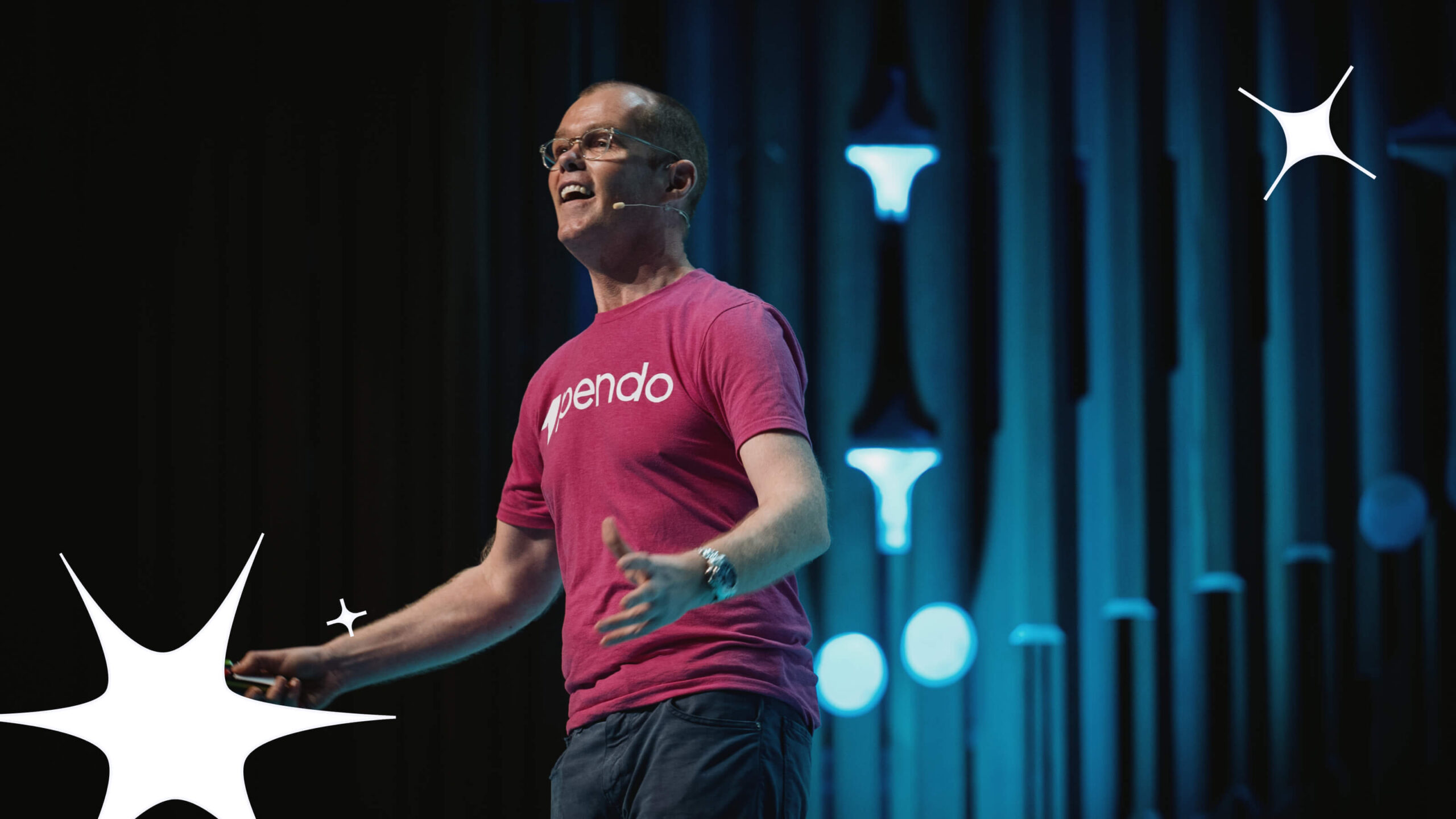We all agree in theory: Having the right working environment and technology for employees largely determines whether a business succeeds or fails. But when it comes to the digital workplace most companies have right now, Leapgen Co-Founder and CEO Jason Averbrook doesn’t mince words. “The way our business is structured today is already set up against us.”
We’ve heard a lot about the rise of the digital workplace, especially since the pandemic pushed so many of us to remote work. But the set of technologies, applications, processes, and workflows through which employees collaborate, execute, and drive business results is almost never as effective as it could be. In fact, it’s often nothing more than the result of a series of one-off decisions made in isolation from one another. Businesses, Averbrook explained, are often “set up in silos,” and because of that siloed structure they’re not designing their digital workplace with intention. The result is needless pain and frustration for both employees and the business as a whole.
Averbrook recently joined Hannah Whiteside (Senior Product Marketing Manager, Pendo) for a conversation about the digital workplace–specifically the 10 KPIs that companies should be tracking to optimize it and the mindset they should bring to such a project.
From silos to shared priorities
“To date, we’ve seen organizations that have HR owning the desire to improve experiences, operations focusing on increasing productivity, and IT looking at optimizing software,” Whiteside says. “It’s all being done in silos, but it’s not coming together into a consistent way of measuring your digital workplace.”
These three pillars—increasing productivity, improving user sentiment, and optimizing software—can’t exist as standalone initiatives. In order to build a mature, effective digital workplace, these efforts have to work in concert with one another, and they have to be based on tracking and improving the right metrics.

To that end, Whiteside and Averbrook discussed 10 KPIs for the digital workplace: Pendo’s latest strategic framework and e-book documenting the elements operational leaders should measure and track to drive better business and employee outcomes. It includes KPIs for each of the three workplace pillars—productivity (process adoption, support deflection), sentiment (employee satisfaction, segmented application Net Promoter Score (NPS)), and software optimization (total cost of ownership (TCO), portfolio sprawl)—and tips and guidance for how to improve them. By tracking these metrics, companies develop a digital mindset, which is just as important as the right tech itself for a successful digital workplace.
Tech for tech’s sake is not enough
“When we think about where organizations struggle, the number one issue is that they put way too much weight on the technology to solve their problem, and not enough weight on this concept of being digital,” Averbrook explained. “There’s a big difference between being digital and doing technology. Being digital means that I have a mindset that’s focused on clear measures of success of what I’m going to do. I have an understanding of the personas that I’m trying to hit and how they want to work.”
Measuring the right KPIs helps business technology and operations teams build a digital workplace with intention and improve what’s on offer for employees. The move away from a makeshift and chaotic workplace towards one composed of the right technology and processes leads to better business outcomes, as well as happier and more productive teams. Gone are the days of having to perpetually triage one element or another just to keep things moving. Employee experiences improve, operational costs go down, and business effectiveness increases.
To learn more about how to design an effective digital workplace, watch the webinar below or download the e-book here:


